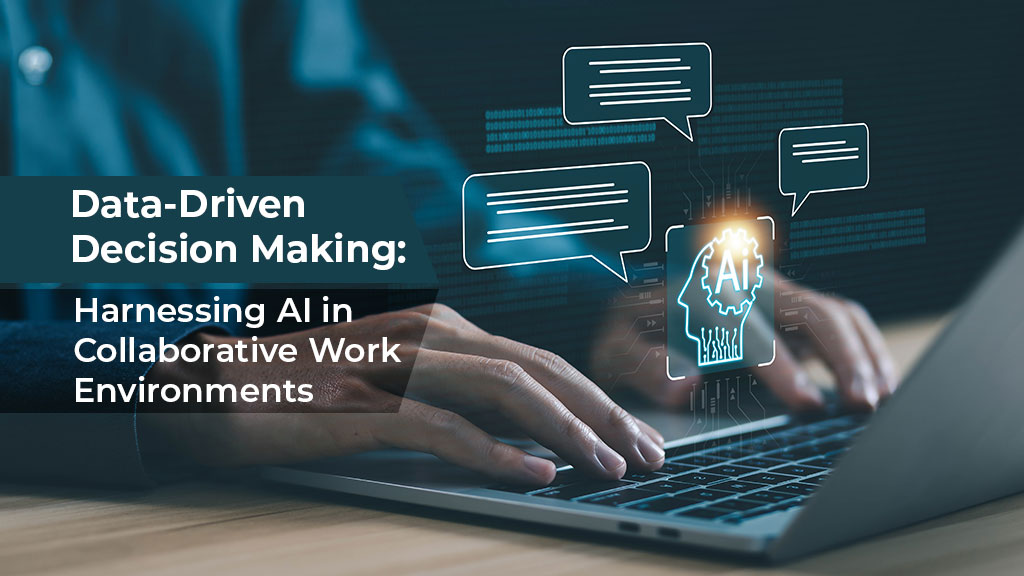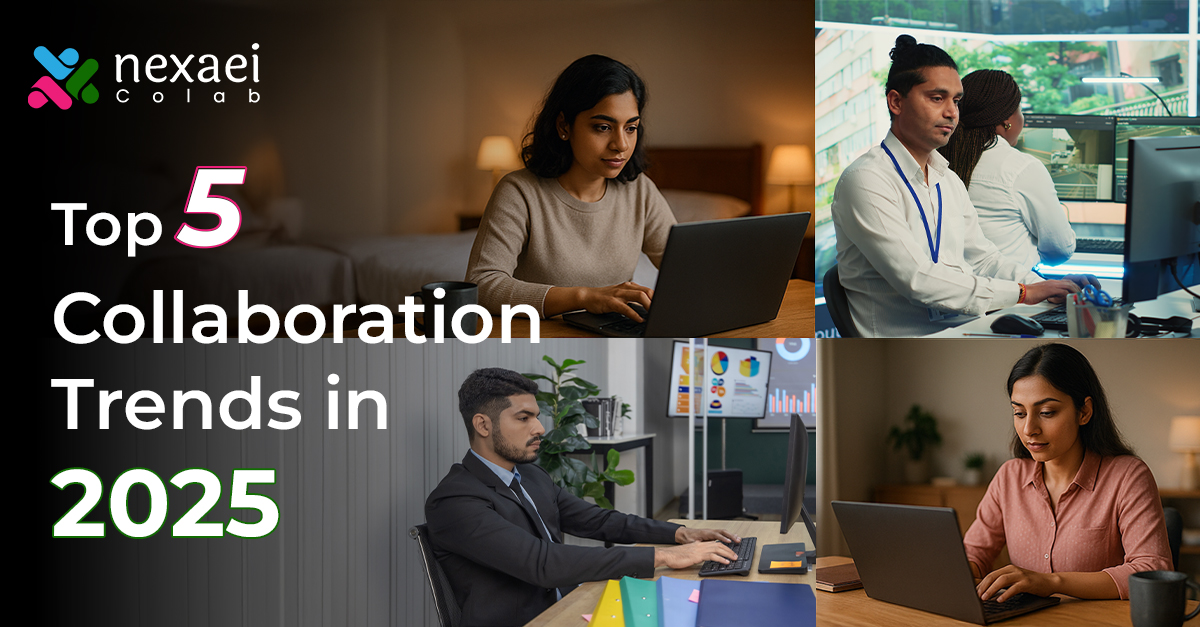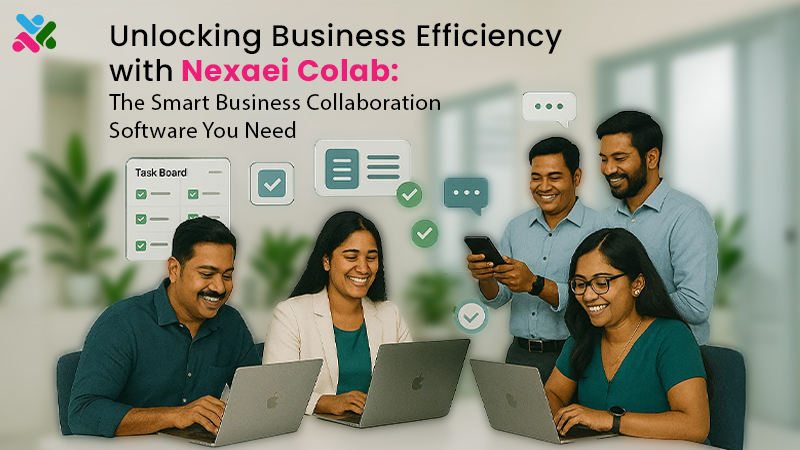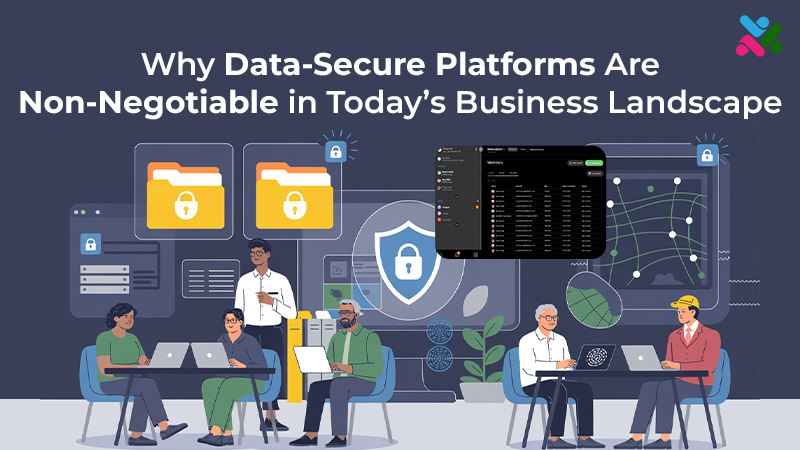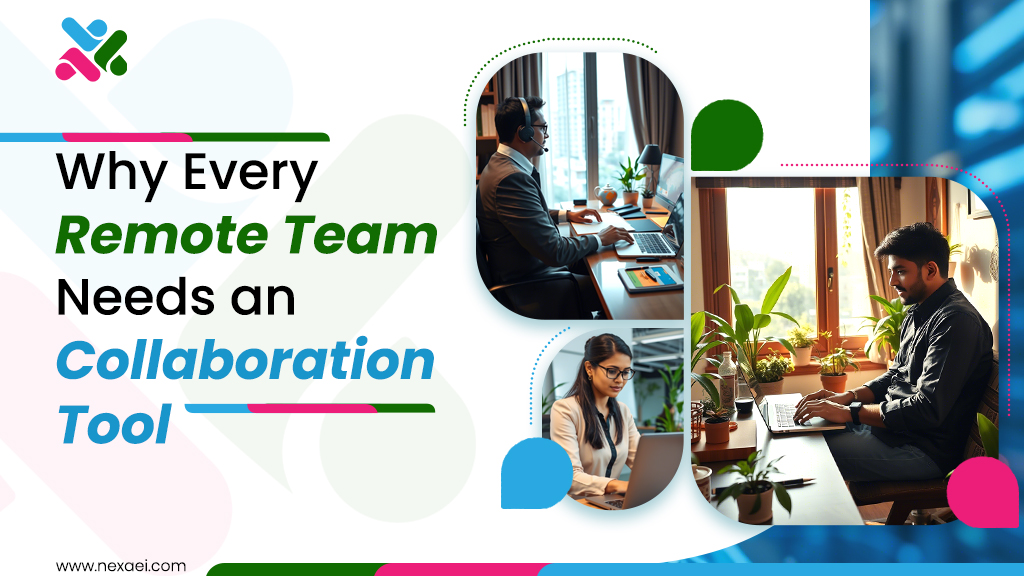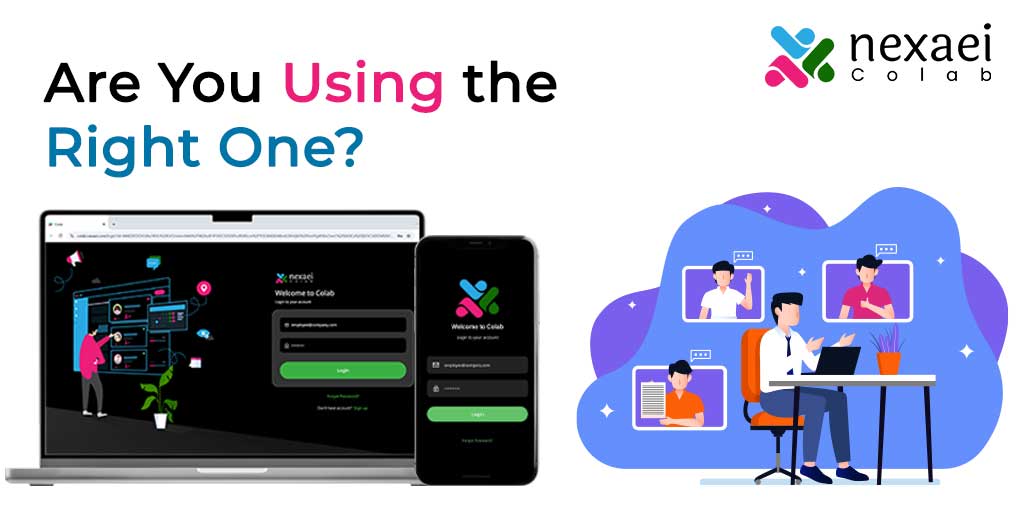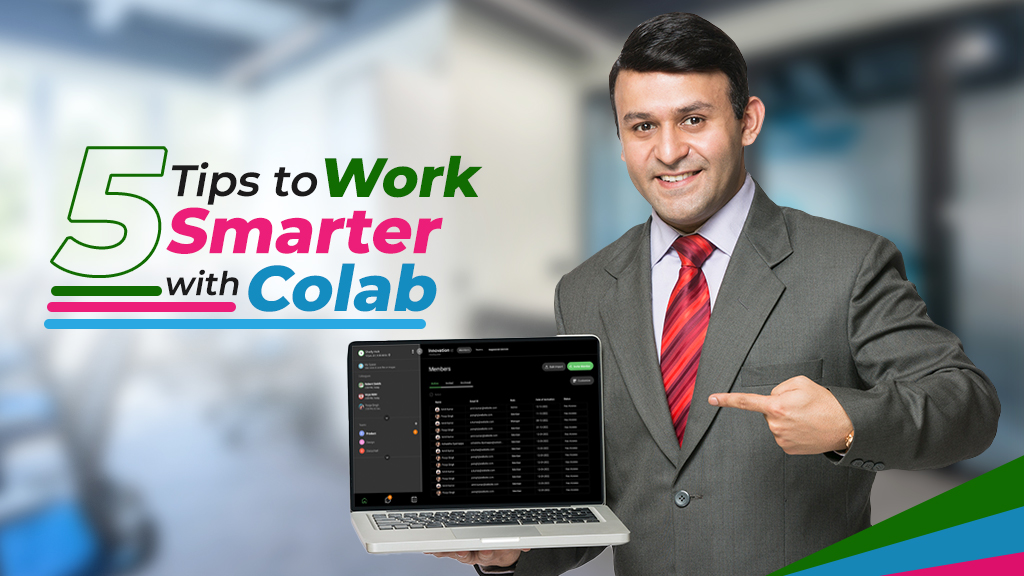There’s no denying that the future of collaboration technology will be shaped by artificial intelligence (AI). According to a recent report, 37% of employers believe increasing human-AI collaboration and reskilling/upskilling the workforce will be key strategies in the upcoming year. With tools like ChatGPT, IBM Watson, and Salesforce Einstein now increasingly part of our daily workflows, harnessing AI can’t be relegated to the back burner.
Instead, organizations need to approach AI collaboration with intent and proactive purpose so they can meet the challenge head-on. While AI remains hugely beneficial in industries like customer services, banking, and supply chain management, it also signals a tectonic shift from the traditional way of working. As a result, organizations are likely to face resistance when harnessing AI in collaborative work environments.
Indeed, research shows that less than half of all employees are willing to trust AI at work. 77% are concerned about AI-related job loss and 73% are worried about having important skills replaced. To overcome this, and unlock the full potential of AI in collaboration, organizations need to embrace data-driven decision-making.
Generating Predictive Skill Insights for the Future of Collaboration Technology
One of the key ways data-driven decision-making can help is by generating predictive insights. Sophisticated algorithms can help collect, analyze, and interpret vast amounts of data related to human productivity patterns, skill levels, and market dynamics. Based on this, the model can identify important correlations between resource capabilities and success ratios that managers may overlook.
This allows organizations to formulate reskilling/upskilling and, if needed, talent acquisition programs needed to fully harness the power of AI at work. Through data-driven decisions, it is possible to personalize learning pathways for different types of resources, teams, and behavioral dynamics. As new technologies and collaboration models enter the workplace, these informed resource decisions will help amplify productivity and teamwork.
Read more: The Future of AI-Powered Enterprise Collaboration and its Impact on Business Growth
Increasing Workplace Efficiency Through AI and Data-Driven Decisions
The next strategy organizations need to adopt is how to leverage AI to build a more efficient “smart working” productivity environment. A traditional workplace relies heavily on manual efforts to complete the most routine tasks, such as fetching information or making changes to data. This not only reduces an employee’s real productivity but also inhibits their ability to learn and aim for more creative, value-adding work.
AI algorithms will allow organizations to create collaborative work environments that automate repetitive tasks and streamline multi-stakeholder workflows. Through data-driven decision-making policies, it is possible to ensure that these automations are based on real-time metrics and performance data. By referring to concrete data, companies can prevent employees from being overwhelmed or unduly disrupted by AI in the workplace.
They can pinpoint the most optimal points in employee workflows where AI intervention can make the most difference. For example, AI-powered project management tools can allocate resources, schedule tasks, and track progress, enabling teams to work more productively and achieve better results. Therefore, organizations are better positioned to achieve a more sustainable future when it comes to collaboration technology and AI-enabled working – by adapting to employee work patterns through data-driven decisions instead of facing resistance.
Read more: 5 Reasons Your Organization Should Invest in a Top-tier Collaboration Tool
Personalizing the Collaboration Experience Using Data
Personalization refers to tailoring the collaborative experience within a work environment to meet the specific needs, preferences, and work styles of individual team members. In essence, it’s about leveraging data and AI technologies to customize how people interact, communicate, and collaborate – a brand new opportunity that’s now available, thanks to AI. This strategy takes the form of:
- Understanding user preferences: AI-powered tools can analyze data from various sources, such as email communications, project management platforms, and collaboration tools, to understand how individuals prefer to work, communicate, and collaborate.
- Tailoring communication channels: Once user preferences are identified, AI algorithms can recommend the most suitable communication channels and collaboration tools for each team member. Tailoring channels ensure that team members can engage in conversations and share information more effectively.
- Customizing content recommendations: AI-driven content recommendation engines can analyze user interactions and content consumption patterns to suggest relevant documents, files, or resources to team members.
- Facilitating team matching: By assembling diverse teams with complementary strengths and expertise, organizations can foster creativity, innovation, and collaboration.
- Adapting workflows and processes: For example, project management platforms equipped with AI capabilities can customize task assignments, deadlines, and project milestones based on individual bandwidth and availability.
Read more: Why Are Business Messaging Apps a Better Choice Than Unsecured Messaging Apps in the Workplace?
Data-Driven Decision-Making Fosters a Culture of Continuous Improvement
Data-driven decisions to influence and adapt to the future of collaboration technology isn’t a one-off initiative. It is emblematic of a mindset shift and is the first sign of a new way of working, moving away from process-driven, rigid team structures to more flexible and value-oriented approaches.
As a result, a habitual reliance on data will foster a work culture that prioritizes value generation, learning, and continuous improvement. This is at the heart of an AI-first future of collaboration technology, where humans and machines can work in sync for the best possible outcomes. And it all begins with a strong digital practice that can support organizational collaboration at scale, empowering employees to make and execute the right decisions at the right time assisted by artificial intelligence.
Speak with our tech experts to know how Nexaei Colab is heralding the future of collaboration.

